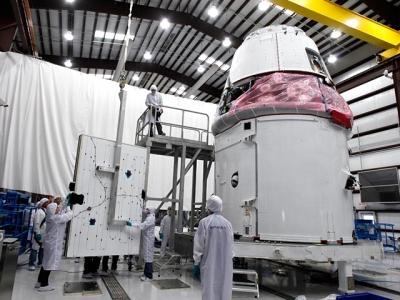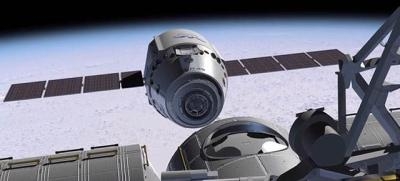Wed, Jan 11, 2012
Advertisement
More News
 ANN's Daily Aero-Term (11.07.25): Microburst
ANN's Daily Aero-Term (11.07.25): Microburst
Microburst A small downburst with outbursts of damaging winds extending 2.5 miles or less. In spite of its small horizontal scale, an intense microburst could induce wind speeds as>[...]
 ANN FAQ: Submit a News Story!
ANN FAQ: Submit a News Story!
Have A Story That NEEDS To Be Featured On Aero-News? Here’s How To Submit A Story To Our Team Some of the greatest new stories ANN has ever covered have been submitted by our>[...]
 Aero-News: Quote of the Day (11.07.25)
Aero-News: Quote of the Day (11.07.25)
“As we start to implement this drawdown in service. It will be restricted to these 40 high volume traffic markets. We’re going to ask the airlines to work with us colla>[...]
 ANN's Daily Aero-Linx (11.08.25)
ANN's Daily Aero-Linx (11.08.25)
Aero Linx: European Association for Aviation Psychology (EAAP) Since 1956 the European Association for Aviation Psychology (EAAP) provides a forum for professionals working in the >[...]
 Airborne 11.05.25: Tesla Flying Car?, Jepp/ForeFlight Sold, A220 Troubles
Airborne 11.05.25: Tesla Flying Car?, Jepp/ForeFlight Sold, A220 Troubles
Also: AFE25 Tickets!, Jamaica Recovery, E-Aircraft at Boeing Fld, Diamond DA50 RG Cert Elon Musk is once again promising the impossible…this time, in the form of a Tesla tha>[...]
blog comments powered by Disqus





